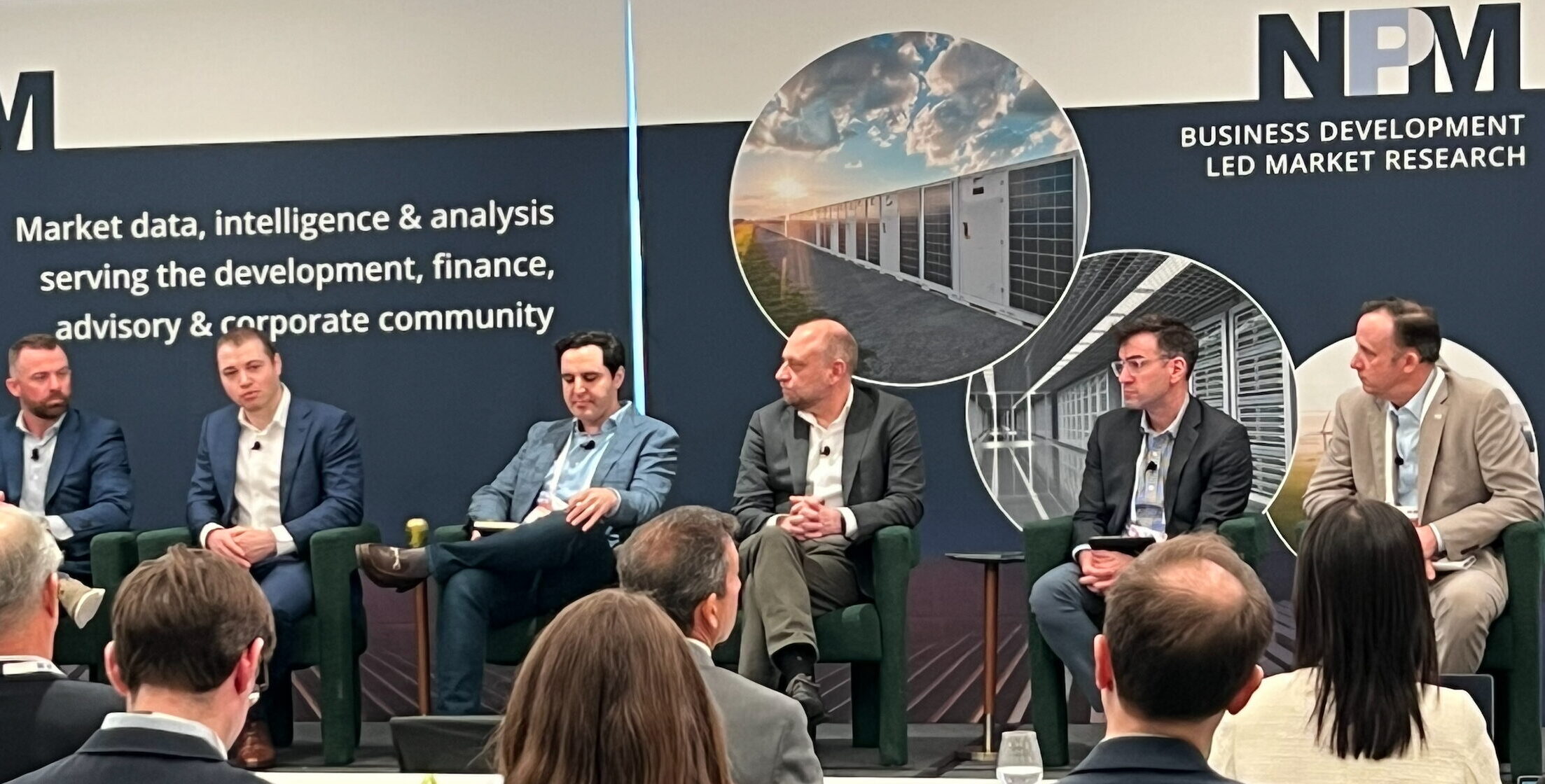
Today marks one year since the Inflation Reduction Act was signed into law – creating a seismic shift in the U.S. power sector. I am grateful to Congress—particularly my home Senator and Senate Finance Committee Chair, @Ron Wyden—and the Biden Administration for partnering to get this historic federal clean energy legislation passed.
It’s hard to overstate how the IRA is creating enormous investment growth in energy storage and clean energy. Since its passage, our team at @GridStor has grown from a team of 5 to 33 employees – a direct reflection of the investment activity and corporate interest we’re seeing in clean energy across the country. And our company is discussing investment strategy not in the millions of dollars, but the billions of dollars. The IRA has wide-ranging implications for our climate and economy, and within the power sector, I see two significant impacts in particular:
Giving standalone energy storage its own investment tax credit: By unlinking federal incentives for solar and storage development, energy storage developers like us can optimize our siting and operational decisions to provide the power system what it needs most, without having to manage a tradeoff with IRS rule compliance. That’s going to accelerate energy storage deployments to where they are most crucial to system reliability and allow our projects to charge and discharge exactly when the energy is most needed.
Providing the energy community tax credit bonus: The IRA has created compelling reasons to site energy storage and other clean energy projects where the transition away from fossil energy is most tangible and where we can reuse contaminated land for clean energy purposes. We find consistently in our analyses that this bonus is the single most positive impact on energy storage project economics, and I am eager to bring the benefits of our infrastructure to a wide variety of locations.
Launching an energy storage company these past 12 months, I’ve observed both that the game-changing nature of the IRA is real and that the IRA still has yet to fulfill its promise:
Initial guidance for the domestic content bonus is self-defeating: The U.S. Treasury guidance focuses on where battery cells come from and de-emphasizes where battery module and integrated systems manufacturing is located. This ultimately means that integrated units from companies like @Tesla–whose Lathrop, CA, facility I just visited last week–and other higher value-added manufacturers of stationary energy storage will not be considered U.S.-produced. The reality is that most value-add and labor is in integrated battery energy storage systems manufacturing, and policy guidance should evolve to recognize this missed opportunity and enable incentives to achieve maximum impact.
The need for clarity from the IRS is more urgent than ever: The IRA contains many provisions that still, a year on, require additional guidance from the IRS. The lack of clarity creates continued uncertainty for financing and contracting, as well as the need to revisit historic transaction structures, both of which keep the pace of investment lower than what is needed or possible with clear, well aligned guidance. And as more and more corporations and global entities begin to draw lines in the sand over proposed frameworks for greenhouse gas emissions accounting, the IRS has to decide how to maintain the integrity of clean energy solutions.
Financial institutions must have a stronger understanding of how strategically sited battery storage projects perform: Banks are still trying to understand the difference between hybrid wind and solar electric systems they’re used to reviewing and strategically sited battery resources that are newly eligible for tax credits. As the demand for battery energy storage continues to grow, there is a need for new and creative financing transactions that recognize the multiple values and revenues streams stand alone battery storage can provide making it fundamental that investors and institutions have a better understanding of how battery storage projects perform.
Tax credit transferability needs to get down to a smooth science: The development of the tax credit transferability market has been slowed by the wait for IRS guidance and overcomplicated rules. We need to simplify the process so that all parties interested in participating in the tax credit market can do so without needing to become experts on the nuances, structures, and technology of power plants. Doing so will increase transaction speed and volume while decreasing costs.
It also bears mentioning that the biggest challenge to fulfilling the promise of the IRA in the years ahead is getting projects interconnected to the transmission system. While the Federal Energy Regulatory Commission’s recently issued Order 2023 is a long-anticipated reform of the interconnection process, it is only a first step that focuses on speeding the interconnection study processes. It is crucial that FERC, regional market operators, and transmission providers work to eliminate the often years-long delays in constructing the necessary facilities for these critical projects to connect to the grid. These delays and related cost increases contribute much more to long development timelines and are thus more critical to getting projects online to meet IRA deadlines and state decarbonization goals.
Thankfully, I am optimistic that we can meet these challenges. I’m energized by the increasing commitment from policymakers, customers, and investors alike to cut carbon emissions and address climate change. I’ve been on the front lines of building new clean energy infrastructure since 2002. As my team and I build the leading battery storage developer and operations platform in North America, I am regularly struck by just how far we’ve come, and how close we are to achieving a clean energy future. Onward!
